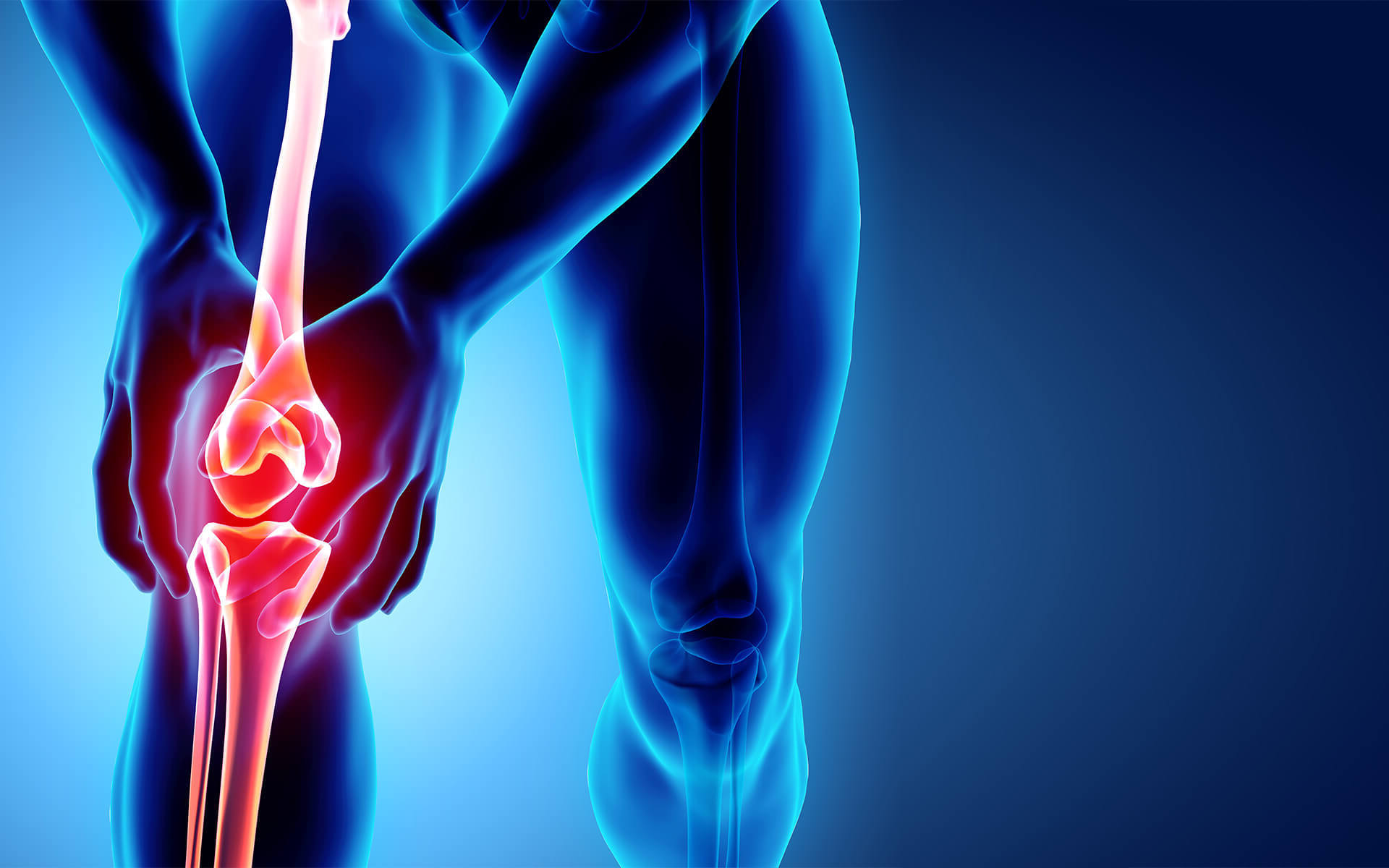
Joint pain can be a real drag, affecting everything from your morning jog to simply getting out of bed. But what exactly causes this discomfort? Joint pain often stems from inflammation, injury, or conditions like arthritis. It's not just older folks who suffer; athletes and even kids can experience it too. Understanding the root causes and symptoms is crucial for managing it effectively. Whether it's your knees, elbows, or fingers, knowing more about joint pain can help you take better care of your body. Ready to dive into some surprising facts? Let's get started!
Key Takeaways:
- Joint pain is common and can be caused by factors like arthritis, injuries, and age. It's important to recognize symptoms and get a proper diagnosis to effectively manage joint pain.
- Managing joint pain involves various treatment options, including medications, physical therapy, and lifestyle changes. Prevention strategies like regular exercise and a healthy diet are also crucial for maintaining good joint health.
Understanding Joint Pain
Joint pain can affect anyone, regardless of age or lifestyle. It can be caused by various factors, from injuries to chronic conditions. Here are some key facts to help you understand joint pain better.
- Joint pain is common: Nearly one-third of adults report experiencing joint pain within the past 30 days.
- Arthritis is a major cause: Osteoarthritis and rheumatoid arthritis are two leading causes of joint pain.
- Injuries contribute: Sprains, strains, and fractures can lead to joint pain.
- Age is a factor: As people age, the cartilage in joints can wear down, causing pain.
- Obesity increases risk: Excess weight puts more stress on joints, especially knees and hips.
- Inflammation plays a role: Conditions like bursitis and tendinitis cause inflammation, leading to pain.
- Autoimmune diseases: Lupus and gout are autoimmune diseases that can cause joint pain.
- Infections can cause pain: Viral infections like hepatitis and flu can lead to temporary joint pain.
- Joint pain can be chronic: Some people experience long-term joint pain that requires ongoing management.
- Weather affects pain: Many people report increased joint pain during cold or damp weather.
Symptoms and Diagnosis
Recognizing the symptoms and getting a proper diagnosis is crucial for managing joint pain effectively. Here are some important facts about symptoms and diagnosis.
- Swelling is common: Joint pain often comes with swelling and tenderness.
- Stiffness in the morning: Many people with joint pain experience stiffness, especially in the morning.
- Range of motion decreases: Pain can limit the ability to move joints fully.
- Redness and warmth: Inflamed joints may appear red and feel warm to the touch.
- Diagnosis involves imaging: X-rays, MRIs, and CT scans help diagnose the cause of joint pain.
- Blood tests can help: Blood tests can identify markers of inflammation and autoimmune diseases.
- Physical exams are essential: Doctors assess joint pain through physical exams and patient history.
Treatment Options
Managing joint pain often requires a combination of treatments. Here are some facts about the various treatment options available.
- Medications help: Over-the-counter pain relievers like ibuprofen and acetaminophen can reduce pain.
- Physical therapy is effective: Exercises and stretches prescribed by a physical therapist can improve joint function.
- Heat and cold therapy: Applying heat or cold packs can alleviate pain and reduce inflammation.
- Injections provide relief: Corticosteroid injections can reduce inflammation and pain in joints.
- Surgery is an option: In severe cases, joint replacement surgery may be necessary.
- Lifestyle changes matter: Maintaining a healthy weight and staying active can reduce joint pain.
- Alternative therapies: Acupuncture, massage, and chiropractic care can provide relief for some people.
Prevention and Management
Preventing joint pain and managing existing pain is key to maintaining a good quality of life. Here are some facts about prevention and management strategies.
- Exercise regularly: Low-impact exercises like swimming and cycling can strengthen muscles around joints.
- Healthy diet: Eating a balanced diet rich in anti-inflammatory foods can help manage pain.
- Stay hydrated: Drinking plenty of water keeps joints lubricated.
- Proper posture: Maintaining good posture reduces stress on joints.
- Avoid repetitive motions: Repetitive activities can strain joints, so it's important to take breaks and vary movements.
Understanding Joint Pain
Joint pain affects millions, impacting daily life and overall well-being. Knowing the causes and symptoms helps in managing it better. Common reasons include arthritis, injuries, and infections. Symptoms range from swelling and stiffness to redness and warmth around the joint.
Treatment options vary. Over-the-counter medications, physical therapy, and lifestyle changes like regular exercise and a balanced diet can offer relief. In severe cases, surgery might be necessary.
Prevention is key. Maintaining a healthy weight, staying active, and avoiding repetitive stress on joints can reduce the risk. Regular check-ups with a healthcare provider ensure early detection and treatment.
Understanding these facts empowers you to take control of your joint health. Stay informed, proactive, and consult professionals when needed. Your joints will thank you!
Frequently Asked Questions
Was this page helpful?
Our commitment to delivering trustworthy and engaging content is at the heart of what we do. Each fact on our site is contributed by real users like you, bringing a wealth of diverse insights and information. To ensure the highest standards of accuracy and reliability, our dedicated editors meticulously review each submission. This process guarantees that the facts we share are not only fascinating but also credible. Trust in our commitment to quality and authenticity as you explore and learn with us.


